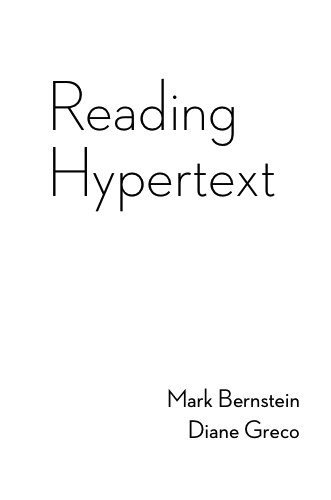The Path
Stacey Mason

Susan Gibb points us to an article on the creation of The Path, a retelling of Little Red Riding Hood that navigated the difficult waters of a the commercial “art game.” Gibb notes that a central issue the article raises is one that has plagued hypertext since Coover’s famous 1992 New York Times article on the End of Books: does the artist write for the community most likely to understand and appreciate it, or does she concentrate on “breaking into” an untapped mass audience?
At the very start of the project, we weren’t really sure if The Path was going to be a commercial title or a more artistic experiment. As we continued to refine the design, we realized that the concept had several things that spoke in favor of commercial exploitation. It was going to be a horror game, thus easy to categorize by the market (unlike 8 for which the main problem with publishers was that its genre was undefinable.) In The Path, we knew we were going to have stylish, dark, girl characters at a time where gothic Lolita style, and Pop Surrealism was very trendy. Cult rock star Jarboe had agreed to do the sound track. But most of all, we felt a sort of obligation, to at least try and make this step towards a market, instead of safely playing in the margins. Up until the day of launch, we had no idea how well this was going to work. But we decided to take the risk.
In addition to a look at the concepts, decisions, and production that went into creating The Path, the article also points to a gallery of “beautiful glitches” that arose in designing and testing.
